The bitter tomato 🍅
Welcome to my blog friend. Today I’m taking you to my garden to show you bitter tomatoes.
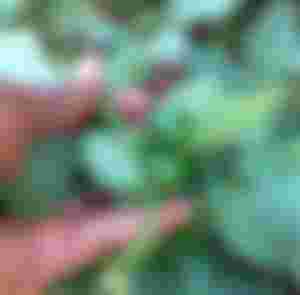
Have you tasted bitter tomatoes before?
This is one of valuable vegetables in the world known as bitter tomato. It’s also known as Africa egg plant.
I have only two species in my garden, but with my studies on this beautiful and nutritious plant, there’re up to 100 species of it around the world. Have you tasted it before? If not you’re really missing out on something friendly and medicinal. My late guardian introduced my to this inestimable value of a vegetable when I was six years old.
After many years, in my adulthood, I went back searching for this plant. There’s this specie that only the fruits can be eatable while there’re some species that both the leafs and the seeds are edible.
But in my case, I have the species that both the leafs and seeds are edible. My predecessors has used this vegetable both as food and as natural medicine against cancer, inflammation, diabetes and many other diseases.

Both my aged mother and my late guardian taught me how to preserve the seeds for year round vegetation. I do harvest both the leafs and the fruits biweekly. I love eating from the vegetable a lot.
What its harvest looks like
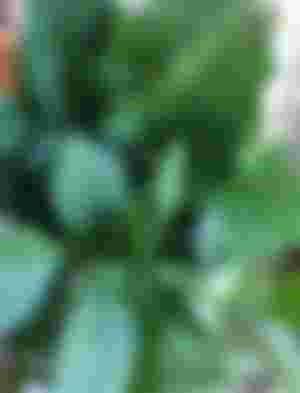
We sell the leafs from our garden, most times, our neighbors comes around to pick some fresh solanum leafs for their consumption. For those neighbors, we do not sell to them; I give to them freely. I only sell the ones that have been taken to the market. It’s not a crime to make vegetable sales at home or at my garden, but most of my neighbors who comes for the vegetables are poor ones amongst them. So we give them to eat and be healthy.
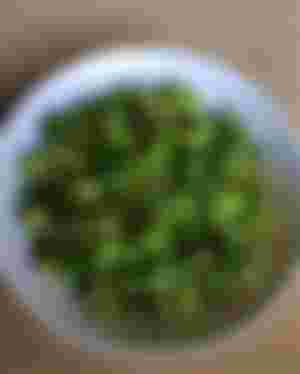
The fresh fruits are greenish, mildly bitter, but with a great taste in the mouth. It can be eaten raw, it’s also used for preparing many types of meals. Many people especially vegans use it as appetizers in their homes which are presented to their visitors.
I do preserve some of the fruits to get ripped for preservation and further plantation. During harvest, I harvest both the ripped and the fresh ones, then separate them accordingly.
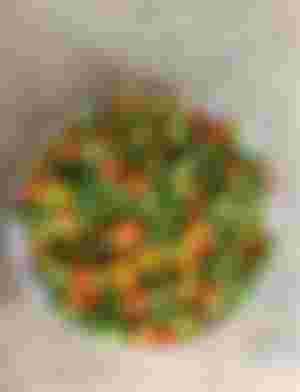
I harvested them early morning today against our local farmers market. I brought them in the house and do the separation.

I preserve the seeds inside by drying the fruits under the sun at a lower temperature. After they’re dried, they’re put in airtight containers for preservation. The seeds will be plant another time. I do not buy the the seeds any longer because I’ve been able to preserve enough for my garden’s needs.
Let’s talk its nutritional value.
Beta-carotene: extremely high in leaves, low in fruit; vitamin E: low in fruit; riboflavin: low in leaves and fruit; folic acid: low in fruit; ascorbic acid: high in leaves, low in fruit; calcium: extremely high in leaves, low in fruit; iron: high in leaves, low in fruit; protein: 4.8% in leaves, 1.0% in fruit. Leaves contain alkaloids, which possess anti-inflammatory and immunosuppressive properties, and ethanedioic acid. The bitter taste in leaves is attributed to furostanol glycosides (saponins).

I hope you’ll add the vegetable to your diet and see it’s natural power in slowing your aging process. Making it part of your diet will restore the freshness and radiant of your skin.
I have many other valuable and nutritious vegetables in my garden. It’s important to note that Africa is rich in herbs 🌿 and natural medicine. Most of Africa countries that don’t have good Medicare depends on their diet for good health. We’re being discouraged from processed foods offered by science and technology; we pick some that may be useful and discard other that do compromise our health.
Thanks for coming around to my garden.
Remember that we’re what we eat.
All pictures belong to me; courtesyof my garden

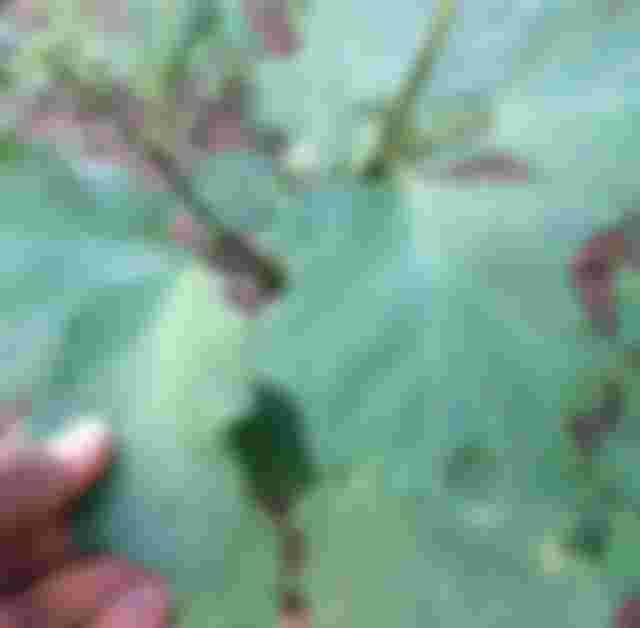
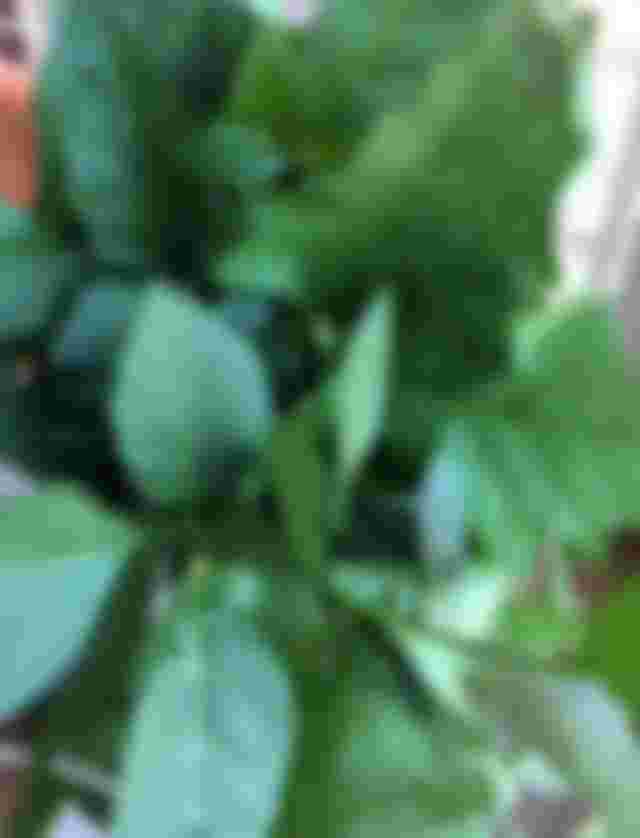

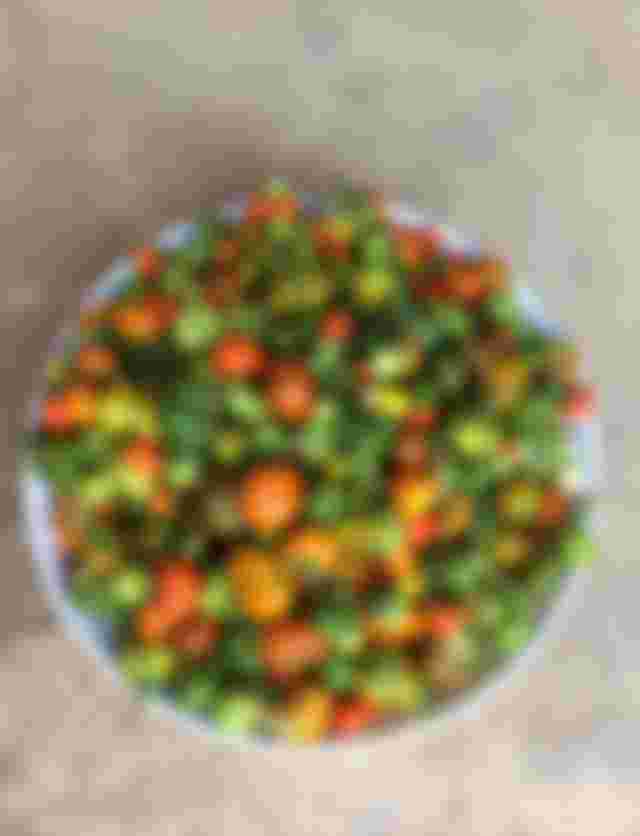
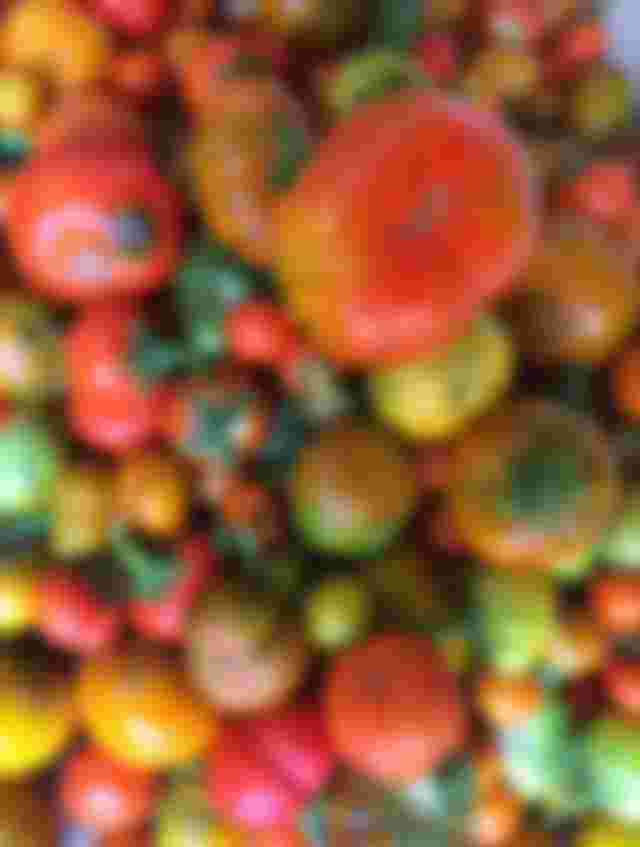

It looks like a small pumpkin and its very cute. I have tomatoes in the greenhouse but never seen one like that. And it's fascinating to know there's what you call bitter tomato. Cheers